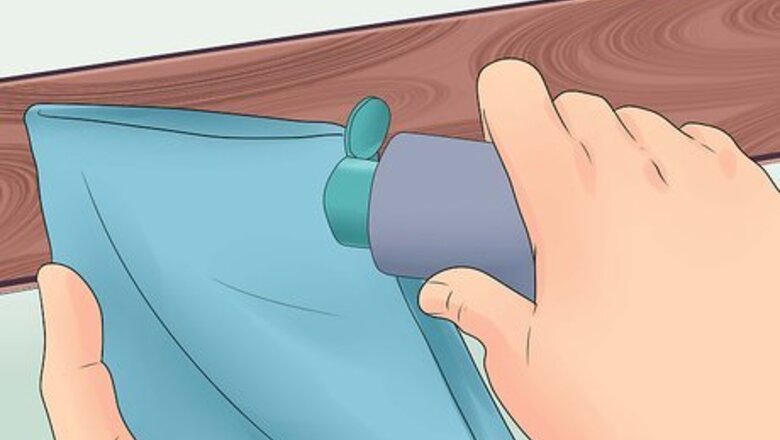
views
- When the wood feels dry, clean off dirt and dust, choose the appropriate oil, and, if necessary, mix in a solvent.
- Use a rag to slowly apply 2-3 coats of the oil, making sure to wipe up excess oil as you go and sand in between coats.
- To take extra preservation steps, use a "wood preservative," limit the wood's exposure to water and sun, regularly wipe off dirt, stain and paint periodically, and keep the nearby area ventilated.
Treating & Preserving Wood with Oil
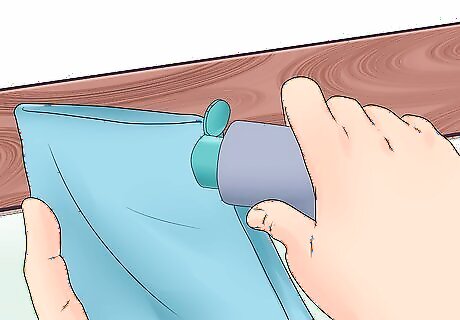
Oil whenever the wood feels dry. Outside of industrial uses, rubbing in oil is the most common way to preserve wood. The right oil will soak into the wood's pores, keeping the wood strong and slowing absorption of water that can cause rot. A couple coats of oil can protect wood for years, but this depends greatly on the oil and environment, so check regularly. If a dab of oil is rapidly absorbed, the wood has dried out. Even if you plan on painting the wood, you may want to oil it first, especially if the wood is old and in poor condition. Teak is a uniquely long-lived wood which does not need to be oiled, although once it has been oiled it may require regular reapplication.
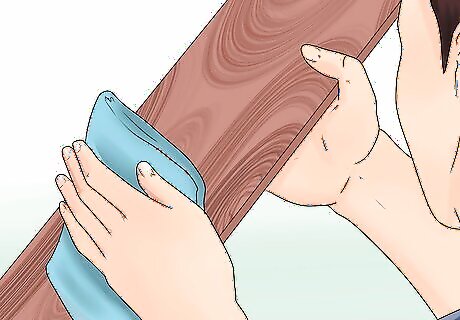
Clean off any dust and dirt before applying the oil. Prepare the wood by dusting off any dirt or debris. Use a clean, dry towel or rags to wipe off the wood. Note and repair any imperfections or flaws in the wood.

Select an oil or commercial product. There are many available oils and wood preservation products suitable for home use. Follow this advice to select the best one for your wood: Tung oil gives good protection, if you can accept the high price and hours of drying time. A finish that contains tung oil gives better water protection than 100% tung oil, but avoid varnishes that create a top layer instead of soaking in, and be wary of products sold as "tung oil" that have no relation to the real product. For cutting boards and other kitchen applications, use food-safe mineral oil, or coconut, walnut, or almond oil. Avoid the last two if nut allergies are an issue. Mix in ½ teaspoon (2.5 mL) melted beeswax for each cup (240 mL) oil for additional protection. There are many synthetic products out there, including pretty good ones that use linseed oil as a base but provide additional protection. Modern water-based finishes are cheap and easy to apply, but not good for long-term preservation. Boiled linseed oil ("BLO") is a common choice, but provides poor water resistance and yellows over time. Its main advantage is price. (Raw linseed oil is even less effective, although environmentally friendly.) The flammability is greatly reduced once the oil dries. When the job is finished, air-dry the rags and newspaper in a single layer away from buildings and heat.
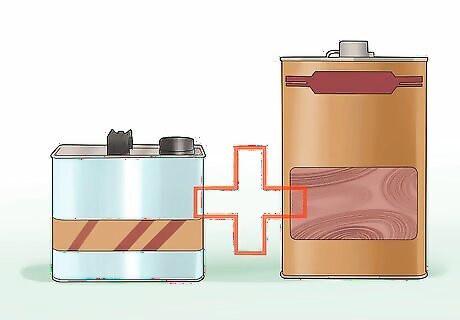
Mix in a solvent if necessary. Commercial products may not require this step; refer to the label. If using tung oil or linseed oil, mix a small amount of the oil with an equal amount of turpentine, mineral oil, or other solvent. Mix in more solvent if the oil won't penetrate the wood. Never use solvent for cutting boards or other wood that will come into contact with food.
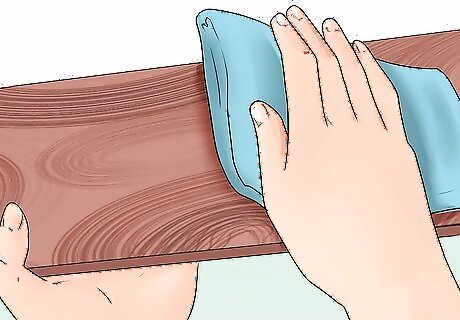
Rub the oil in slowly. Use the cloth to rub the oil into the wood, covering the entire surface. For the most consistent results, dab the oil on one splash at a time, rubbing it across the wood bit by bit. Applying more oil at once is acceptable if you'd like to save time. The more you rub in at once, the more variation there will be in color and shine, but this isn't likely to ruin your wood's appearance. If you are using a product sold as a wood protector, refer to the label for more precise instructions. Because many of these oils are flammable, keep a metal container nearby to store these materials after the oiling. Have access to water or a fire extinguisher so you are ready in the unlikely event that some of these materials spontaneously ignite.
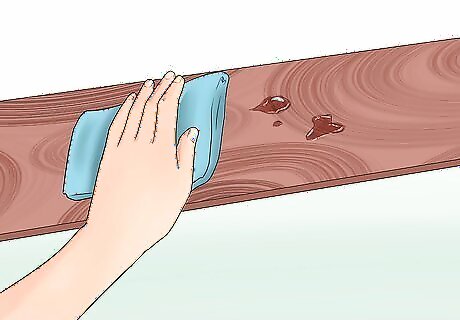
Wipe up any excess oil. All excess oil should be wiped from the surface within a few minutes, unless your product label states otherwise. The oil that soaked into the wood will provide the protection; excess surface oil will only add an unnecessary surface layer that may become gummy or discolored with time. If the oil has already dried on to the surface, wet a cloth with a little more oil to wipe it up again.
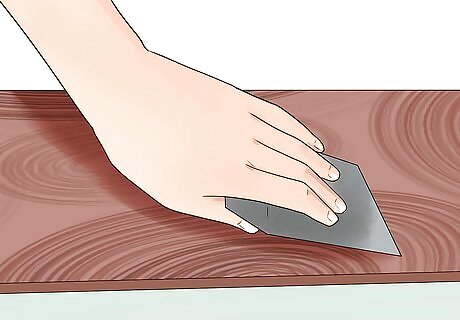
Apply more coats, sanding in between. At least two or three coats of oil are recommended for long-term preservation. Follow these steps each time: Wait until the previous coat is dry. This can take under an hour for some synthetic products, to a week or longer for raw linseed oil. Sand the surface lightly. Mix more oil-solvent mix, if necessary. Use less solvent for each coat, making a thicker and thicker mix. Rub in the next coat.
Additional Tips to Help Wood Last
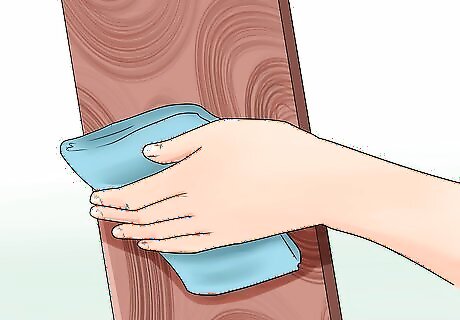
Consider applying additional protective products. Once the last coat of oil is dry, the wood should be much more resistant to decay and weakening. There are some dangers oil does not protect from, however, and these can be handled by an additional finish once the last coat of oil is completely dry. All of the following are optional:
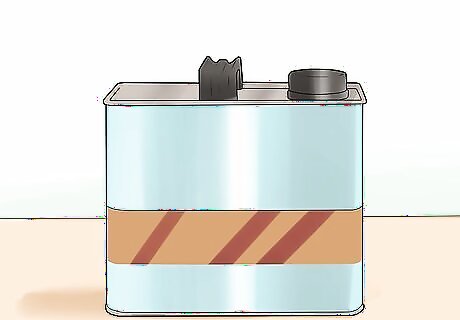
You can use a "wood preservative" to add pesticide and fungicide. Some of these products may not be safe for use around children. Water repellent will provide additional protection against water, which may be useful if the wood will be exposed to serious humidity. A layer of paint provides additional protection, depending on the paint type. To protect against scratches, use polyurethane or another wood finish.
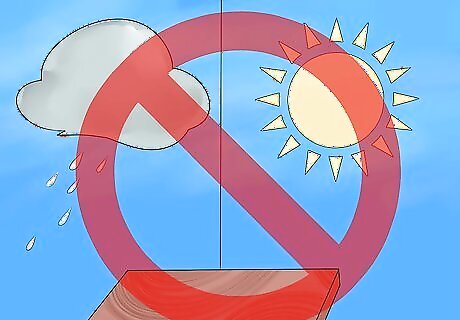
Minimize the wood's exposure to both moisture and sunlight. This will help the wood last longer. Shovel snow and dust snow from wood furniture immediately. Cover wood furniture with durable, waterproof tarps or such during periods of extreme heat, cold and wet weather.
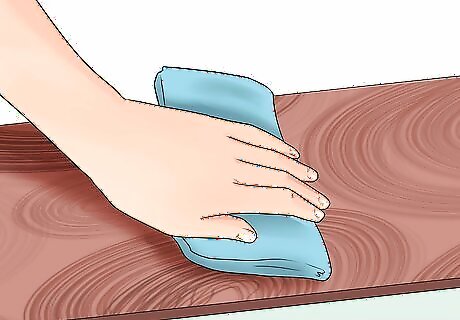
Wipe off dirt often. Sweep wooden decks regularly since dirt and plant fibers hold moisture and fungus. Sweeping is preferable to hosing water, since it remove abrasive sand and doesn't introduce damaging moisture.
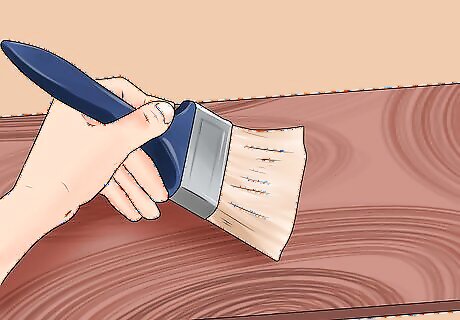
Stain or paint regularly. Apply any chosen stain to the wood without removing its current finish. Use a tough exterior grade paint when applying a primer and painting furniture. Check all sides of a wooden house each year for signs of wear. Sides exposed to strong wind and rain may need repainting sooner than others.
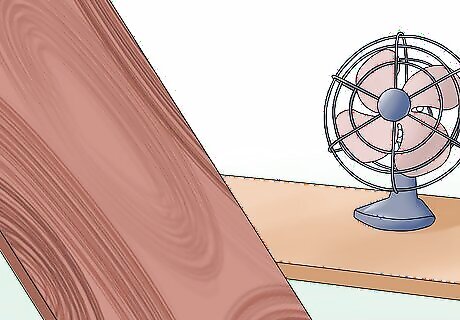
Maintain good air flow. Ventilation helps fight moisture buildup, so keep the wood free from leaf litter, vines, and soil buildup. If you have a wooden structure in your garden, considering building a trellis for the nearby plants, so they can grow around the structure without causing issues.



















Comments
0 comment